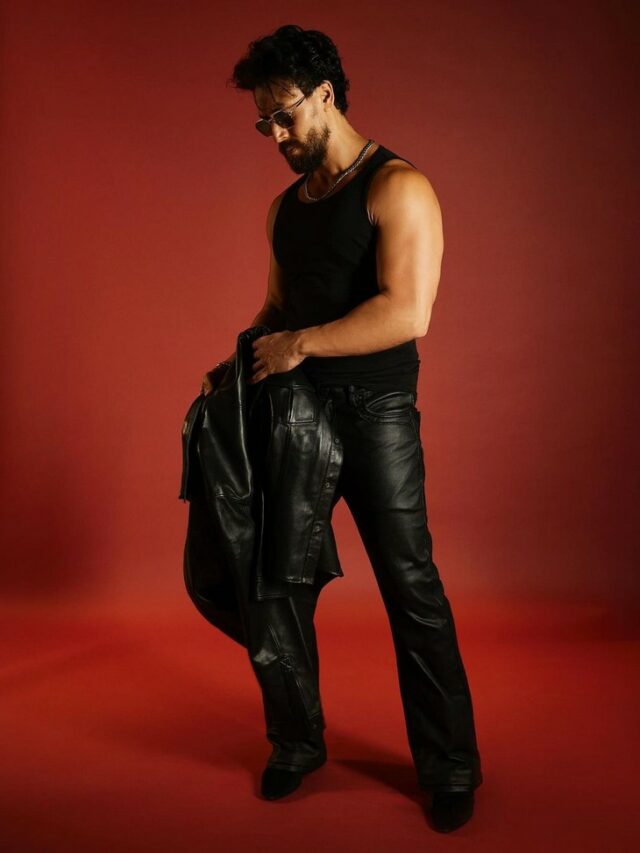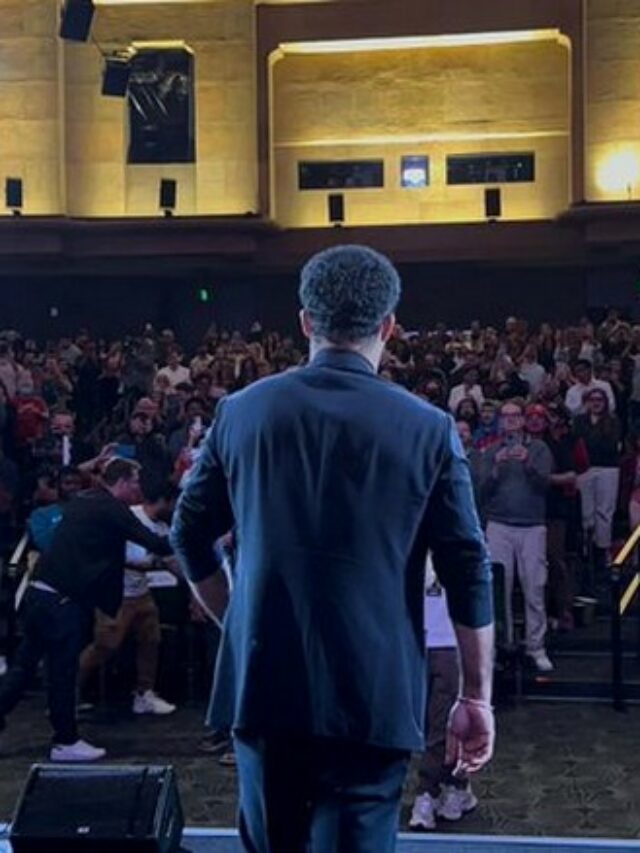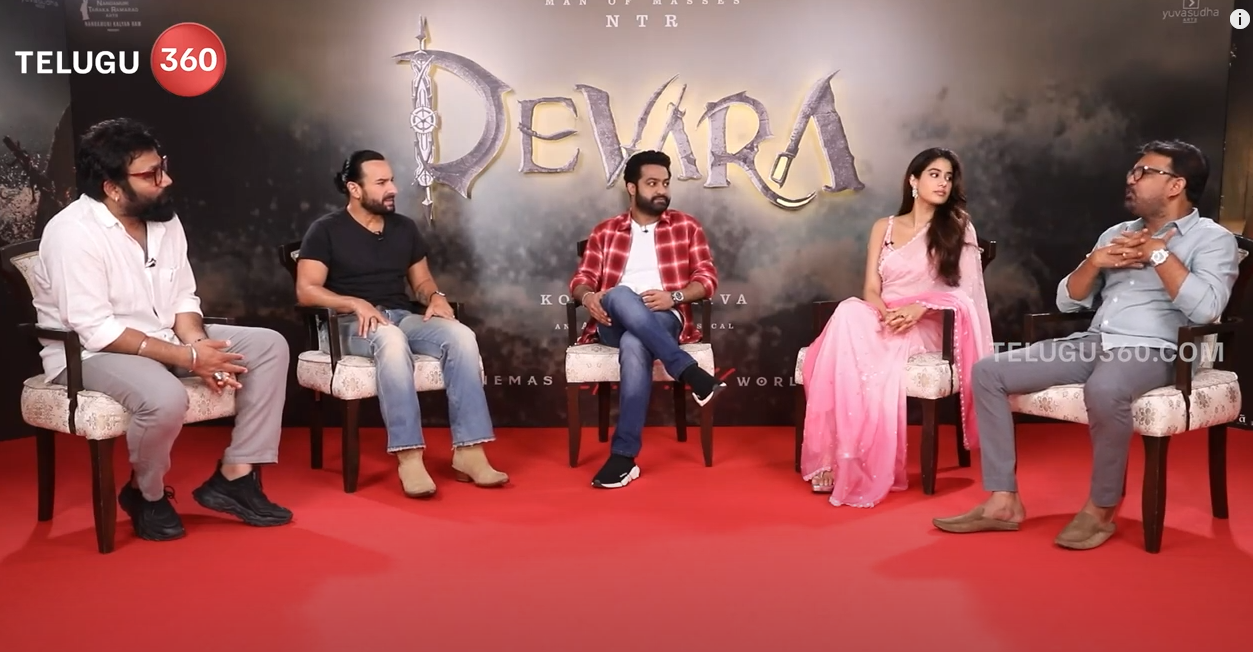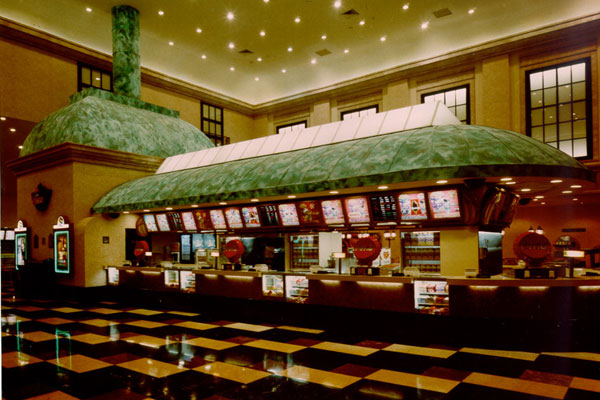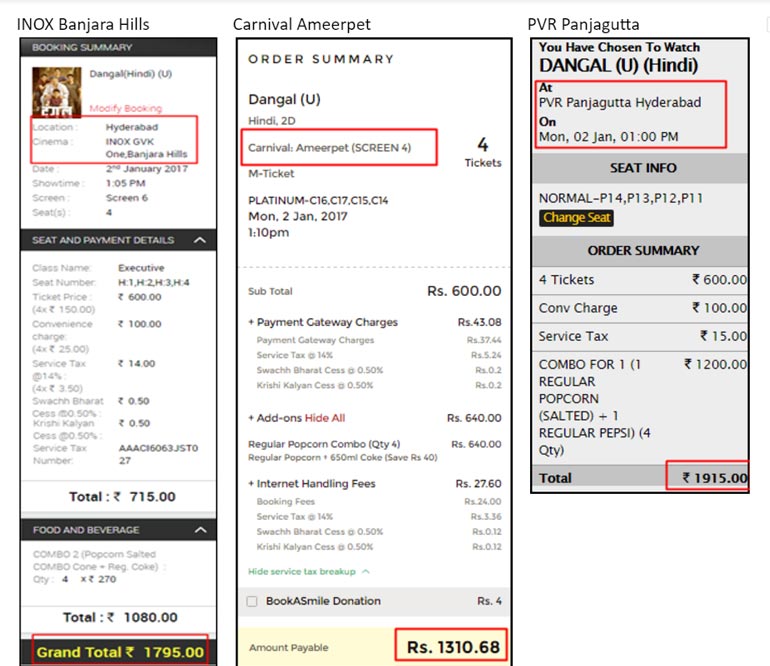Everything comes at a price and the question is what price are you willing to pay. The expansion of multiplexes since the mid-90s has reformed the dynamics of Indian cinema. The cinema chains such as INOX, PVR, Cinepolis and Big Cinemas (now called Carnival) have penetrated into the metropolitan cities more rapidly than ever. From chairs that completely recline and service at seat, going to the movies just got luxurious. Cinemas are hiring hospitality staff to give customers a wholesome experience thus making it the most beautiful fraud. The increasing multiplex audience reflects the changing preferences of moviegoers. Movies and food go together but now the moviegoers are avoiding food as bucket popcorn and a soft drink as it is costing an arm and a leg.
A movie enthusiast working at MAA TV said “If I am watching a movie on Friday, it is always in a multiplex. Cinematic experience in PVR is good but snack break is terrifying. The reason I enjoy single screens is the for the clamor and food and beverages (F&B) costs are reasonable.”
Once you enter a multiplex, you are in a monopoly market. The viewers are not allowed to carry water bottle leave alone food, as they enter the premises of the multiplex. Thus hogging and removing all the other competition. Cinemas get to keep almost all the profit from selling F&B. They have to share ticket sale profits with the film production houses. The multiplexes subcontract food stalls to third party vendors at an extremely high cost. These contractors cut the ground from under the feet of the customers to recover their investment by ridiculous pricing of F&B.
With whole bag of tricks, the contractors have expanded the menu beyond popcorn to a meal size dishes. This led to changes in the eating habits with the moviegoers preferring to eat only when they are hungry as they feel that they are spending more on the food than on the ticket itself. Cinema hall managers assert that moviegoers do not mind spending on food if the quality is on par with restaurants. But is the quality on par with the restaurant or a coffee shop.
In the words of RJ Shiv who reviews movies for the listeners on his radio show – “Except Prasad’s multiplex which is economical every other multiplex is charging insanely for food. The prices start from ₹100 even at Asian cinemas which can be considered as semi multiplex. PVR, Cinepolis, Carnival charge a lot, but the food at Carnival and Prasad’s doesn’t taste good. Even though it is part of my job to review movies, we do not get any discounts on F&B.”
A majority of show-goers assert that the quality of food is not same as the one at coffee shop. Oddly the cost of sandwich and coffee at multiplexes are more or less same as the ones in the coffee shops. The cinematic experience is attributed as one of the reason for moviegoers to opt for multiplex over single screens. Additional options like pre-ordering food while booking tickets is available, but the onlookers hardly seem to prefer it. These circumstances lead to increase in the audience who tend to buy food only when they are hungry. As a result, movies and food have become lump in throat of the viewers.
Entertainment in the form of cinema comes at an unrealistic price. A frequent moviegoer Bharat expressed that “Only reason people buy is that there are no other options. For example, in Hyderabad Central, a Frankie costing ₹50 at ground floor is priced ₹120 at PVR”
Here is a quick check on what it would cost for a typical family of four to watch a movie at different multiplexes. The cost for executive tickets along with regular size popcorn and one regular size drink is monstrous.
The amusing thing is that a regular size Pepsi costs ₹190 and a large size costs ₹200 at PVR. Only Carnival indicated the quantity of coke while none of the theaters mention the volume of the drink or weight of the popcorn being sold. All products should be sold in standard units as prescribed by law. Beverages and drinking water should be sold in volume and eatables by weight and not in size – small medium large regular. On the contrary popcorn is sold in large, regular and tubs and the beverages are sold based on glass size. Despite the unreasonable pricing on the variants of soft drinks, a majority of buyers tend to prefer it over water.
Here is a quick break up of food sold at multiplexes in and around the capital city Hyderabad.
[table id=143 /]
*These prices are based on the rates available online.
Surprisingly, not all INOX, PVR or Carnival charge the same amount for F&B. This is likely because different vendors operate at different locations. Customers encountered numerous instances of varying MRP on bottled water. There is no provision for dual MRP in the packaged commodity rules and it is not allowed to sell packaged items at altered prices within a region. MRP is decided by the manufacturer and the government has no say in managing or restricting it. The manufacturers can print whatever they want for packaged items and still it will not illegal. Many moviegoers tend to pay more than the MRP for bottled water. Another strategy to put wool over other customer’s eyes is to have them buy water which is different from the regular mineral water. The water is tasteless or organic or brought from the foot hills of Himalayas and is incredibly expensive. Prasads multiplex sells most of its products at the MRP rates, however a user who watched movies at the multiplexes said that they paid ₹50 in Carnival, ₹40 in Sujana forum mall for water bottle which is above MRP. Most of the complaints raised by customers are ignored by the backroom boys.
Pricing primary goods (tickets) lower than secondary goods (F&B) allows the theatres to keep the ticket prices small. This allows the ticket prices to be affordable for low income groups who tend to cut corners by avoiding F&B.
It has become a growing concern with moviegoers who want at least popcorn to be affordable. It is high time that the Government hit the road running on this issue with the interest of consumers in the forefront.
Related Products and Articles :








